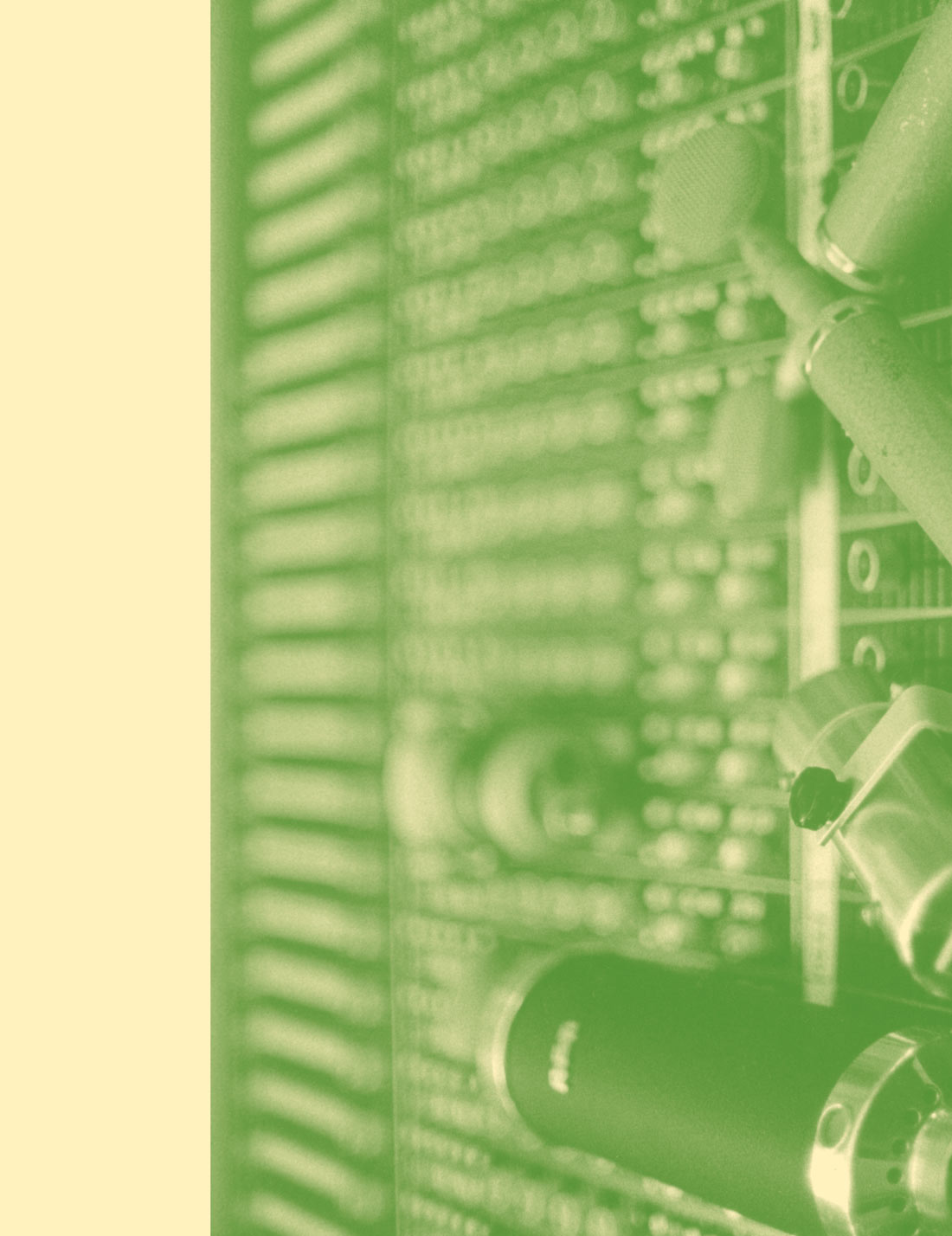Back in early 2002, while I was reviewing another acoustic drum instrument plug-in, I had what I thought was an epiphany. Why not design the instrument's interface so that it resembles a fully-mic'ed drum kit; with which one could not only fine-tune each piece, but control how each mic is used in the mix? More snare bottom than top? Easy-adjust the balance between the two mics. Kit lacking ambience and sounding a bit isolated? No problem-nudge up the PZM's and room mics.
Here I am two years later reviewing FXpansion's BFD, a new product that does all I described and far more. This proves two things: one, that I'm a very prescient but lazy sod; and two, a good idea is worth zip unless it's in the hands of someone who has both the skills and drive to make it happen. So thank our lucky stars that the folks at FXpansion pulled it off.
The BFD (the meaning of this abbreviation is left to your interpretation) is an ambitious, wonderfully realized rendition of a virtual, acoustic drum instrument that features a highly intuitive user-interface and a library of sampled content that is top-notch. I have yet to see any virtual instrument that affords the level of fine-tuning that BFD provides. This distinctive benefit is possible mainly because BFD is a self-contained instrument. The interface and the sample library are completely integrated, and therein lies the principal trade-off. Unlike other drum instruments, you cannot edit the native samples nor import any of your own into BFD.
BFD includes 9 GB of samples, and it's apparent that great care was exercised in the setup of the studio recording sessions from which the sample library originated. The seven distinct kits that include DW, Premier, Ludwig and others sound terrific. There is an abundance of different velocity layers and hits so that the user is rewarded with a highly realistic palette suitable for many playing styles. In fact, the kits offer so much depth that comfortably exercising BFD's level of realism requires that you move a lot of data, so my recommendation for minimal hardware would include at least 1 GB of RAM and two fast hard drives.
The program and the sample library are contained on two DVD's. If you can't spare 9 GB of disk space to devote to the sample library, you can delete kits you don't find useful and reclaim disk space after installation. BFD will work as a RTAS, Rewire, VST, DXi, or AU plug-in, as well as standalone, so just about every host application is supported. There are three output modes: stereo; grouped stereo; and my preferred mode, BFD All, which creates an individual output for each kit piece. (Note that Pro Tools and Digital Performer do not support multi-channel output configuration for instruments, but you can use ReWire as a workaround.) I tested BFD on an Athlon-based PC running Cubase SX 1.06 on Windows XP Professional.
You begin by loading one of the seven drum kits into BFD. You can also mix and match different kit pieces together to create your own custom instrument banks. The mixing controls are divided into two main sections: kit- piece and master. Each piece features tune, trim and dynamics (velocity) controls. In addition, the kick has an inner and outer mic balance as well as a balance between the top and bottom snare mics. The master section is where a big part of BFD's distinctive character and attention to realism come into focus. Here you have separate faders to control level for direct, overhead, room, and PZM mic pairs. Further tweaking of the overall ambience can be dialed in using the width and distance controls, and you can also turn mic-bleed on or off. All mixer settings can then be saved as a custom preset.
BFD includes another very handy feature called the Groove Librarian. It features two types of pattern banks: "grooves" which are MIDI drumloops, and "fills" which are essentially the same thing but grouped separately for functional convenience. These can be assembled together and triggered from a MIDI controller or sync'ed to your host application's song clock. Plus, there's an auto- accompaniment mode. While BFD includes a nice variety of grooves and fills to get you started, you can create and import your own. Also, there are quantization and "humanization" controls to enhance the playback of your assembled grooves, and many other settings give you mastery over every aspect of how BFD sounds and plays.
As I mentioned earlier you cannot modify or replace any samples in the BFD library. However, you will see future additions to the BFD sample library from FXpansion. Perhaps by the time you read this, they will have their first expansion disk out. The FXpansion folks have been polling their users for new sound suggestions, and I understand that in addition to more great sounding kits, you can expect to see some other percussion pieces added, such as tambourines and cowbells.
Here's the BFD virtual experience in a nutshell. It essentially places you at the console of a superbly- equipped studio where you have your pick of seven great drum kits, each carefully recorded with multiple mics. You then twiddle knobs and move faders until you get just the sound you're looking for. In other words, pretty darn close to the way it's done in a typical acoustic drum recording session. Oh yes, I almost forgot to mention-it all worked great with my setup and delivered the most convincing and infinitely flexible "virtual" acoustic drum sounds I've ever had the pleasure of using. ($329 MSRP; www.fxpansion.com)




_disp_horizontal_bw.jpg)